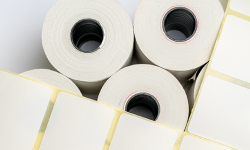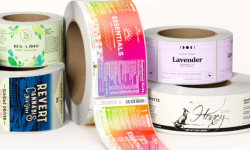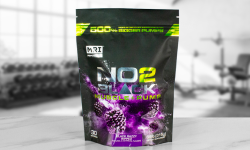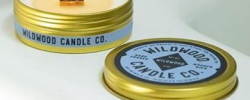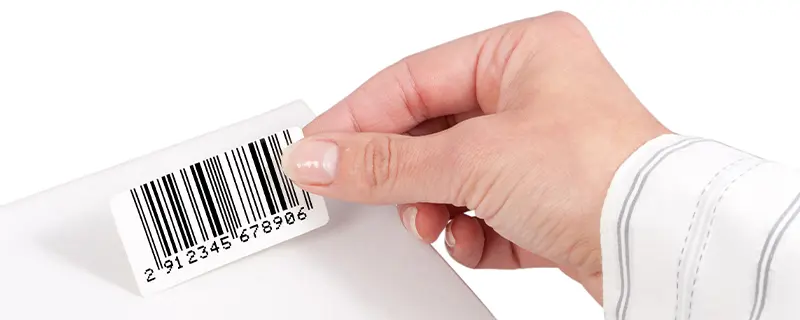If your product stickers keep peeling, bubbling, or falling off, you're not alone. The best way to improve adhesion is to start with a clean surface, choose the right adhesive, and apply at the correct temperature.
Even high-quality custom labels can fail if applied incorrectly or if environmental factors weaken the bond.
To get a lasting hold, focus on these key factors:
- Surface preparation – Adhesives won’t bond well to dirty, greasy, or textured materials.
- Choosing the right adhesive – Some applications require removable labels, while others need a strong adhesive for durability.
- Proper application techniques – Even the best sticky labels can lift or bubble without correct handling.
- Environmental conditions – Temperature, humidity, and storage affect how well adhesives perform.
Let’s go over what makes printed materials adhere properly and how to avoid common issues.

1. Clean the Surface Before Applying Stickers
A dirty or damp surface is one of the biggest reasons adhesives fail. Before applying, ensure the area is:
- Dry – Moisture weakens adhesion and can cause shifting.
- Clean – Remove dust, grease, and residue with isopropyl alcohol or mild soap.
- Smooth – Uneven textures prevent full contact with the adhesive.
For glass, plastic, or metal surfaces, wipe them down with a lint-free cloth. If the item has condensation, let it reach room temperature before applying the sticker.
2. Choose the Right Adhesive for Your Product
Not all adhesives are the same. The right one depends on how long the sticker needs to stay on and the type of surface it's applied to.
Permanent Adhesive: A Strong Hold That Lasts
Best for: Bottles, jars, boxes, and packaging that requires long-term adhesion.
Why use it? Permanent labels stay put even when exposed to moisture, heat, or handling.
Common uses: Food and beverage packaging, supplements, cosmetics, shipping materials.
Removable Adhesive: Clean Removal Without Residue
Best for: Reusable containers, temporary promotions, or items that require relabeling.
Why use it? Removable labels provide a secure hold but peel away cleanly without leaving sticky residue.
Common uses: Glassware, electronics, reusable packaging, temporary price tags.
If you need removable labels that still have a strong hold, choose a material that balances adhesion with easy removal.
3. Apply Stickers the Right Way to Prevent Peeling
Even the best sticky materials can lift or wrinkle if they’re not applied correctly. Follow these steps for a smooth, lasting bond:
- Apply at the right temperature – Most adhesives perform best between 50°F – 80°F. Extreme temperatures can weaken adhesion.
- Use firm, even pressure – Smooth the sticker onto the surface from one edge to the other to remove air bubbles.
- Allow time to set – Some adhesives take up to 24 hours to fully cure, so avoid excessive handling immediately after application.
For curved surfaces like wine bottles, rolling the sticker on instead of pressing it from one side can help prevent wrinkles.
4. Pick the Right Material for Your Packaging
The type of custom labels you use affects how well they stay in place.
- Paper-based options – Suitable for dry goods but may peel in humid environments.
- BOPP (Polypropylene) – Waterproof, durable, and ideal for food, beverage, and beauty products.
- Vinyl options – Best for outdoor applications or products exposed to high wear.
For flexible packaging or squeezable containers, select a material that moves with the product to prevent lifting or wrinkling.
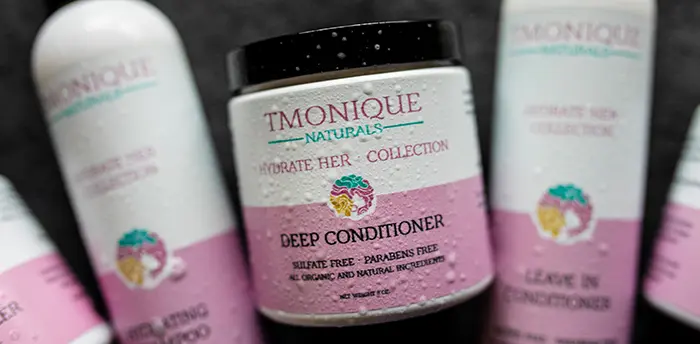
5. Consider Environmental Factors That Affect Adhesion
Packaging materials are exposed to different conditions—temperature, humidity, and storage environment all impact adhesion.
- Heat & humidity: High temperatures can soften adhesives, leading to peeling. Excess humidity weakens bonding strength.
- Cold storage: If applying to refrigerated or frozen items, choose a strong adhesive designed for low temperatures.
- UV exposure: Direct sunlight can degrade some adhesives over time, causing fading or lifting. If your product will be stored outdoors, consider UV-resistant options.
By controlling these factors, you can ensure printed materials stay put and maintain a professional look. By the way, make sure to check out our article on why my labels are not sticking. We go into all the do’s and don’ts for labeling your products.
Get High-Quality Custom Labels That Stay Put
A great design doesn’t just look good—it stays in place. Whether you need permanent labels for a strong hold or removable labels for reusable packaging, choosing the right adhesive and applying it correctly ensures your product maintains a professional look.
Need durable custom labels with a strong adhesive? Wizard Labels provides premium solutions designed for any surface.
